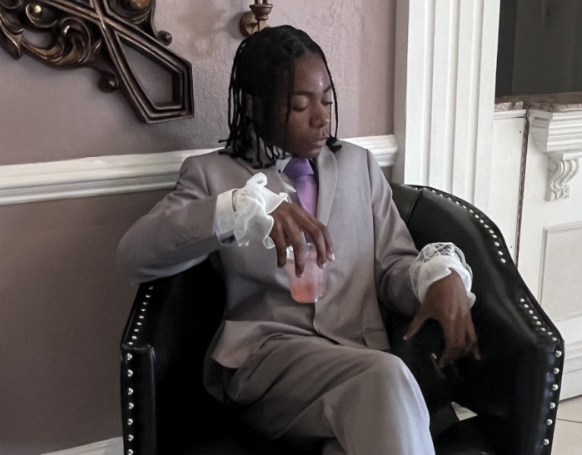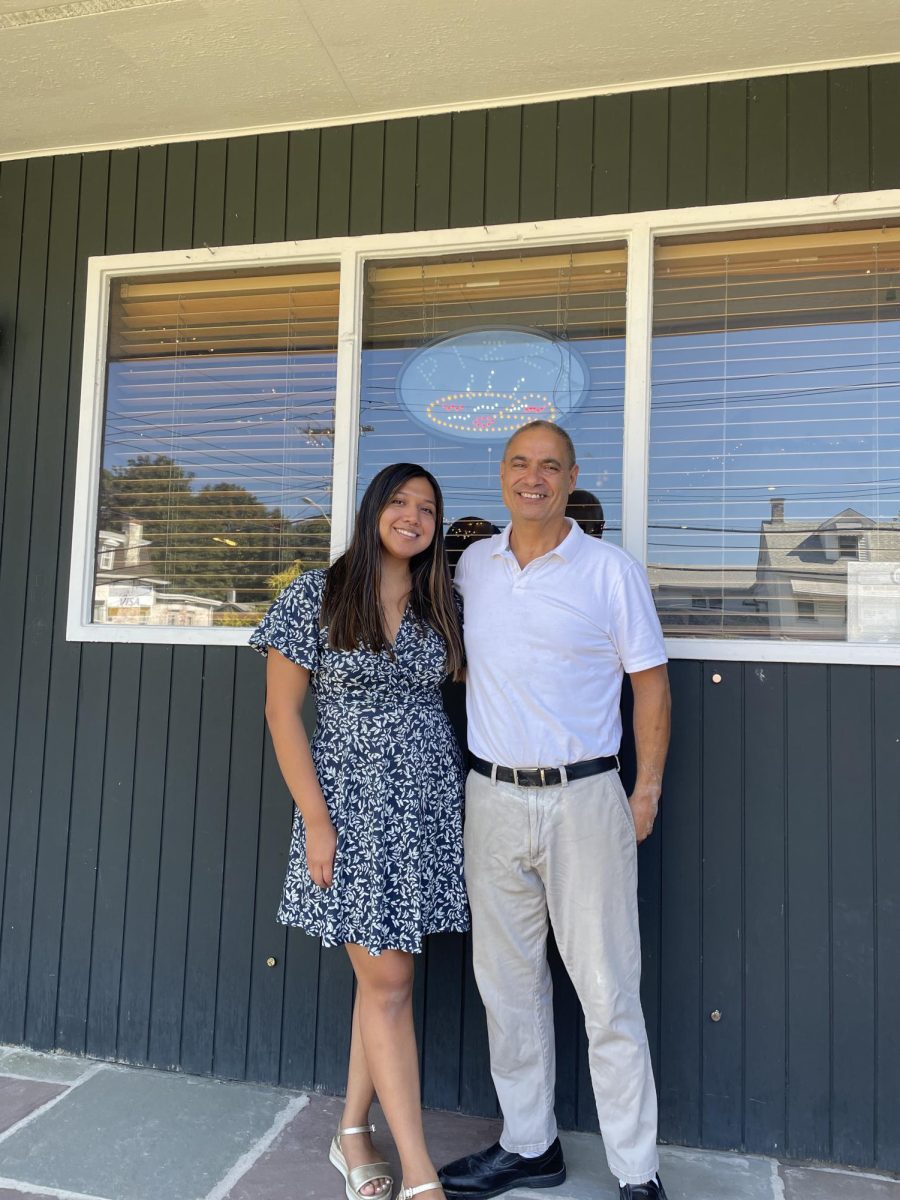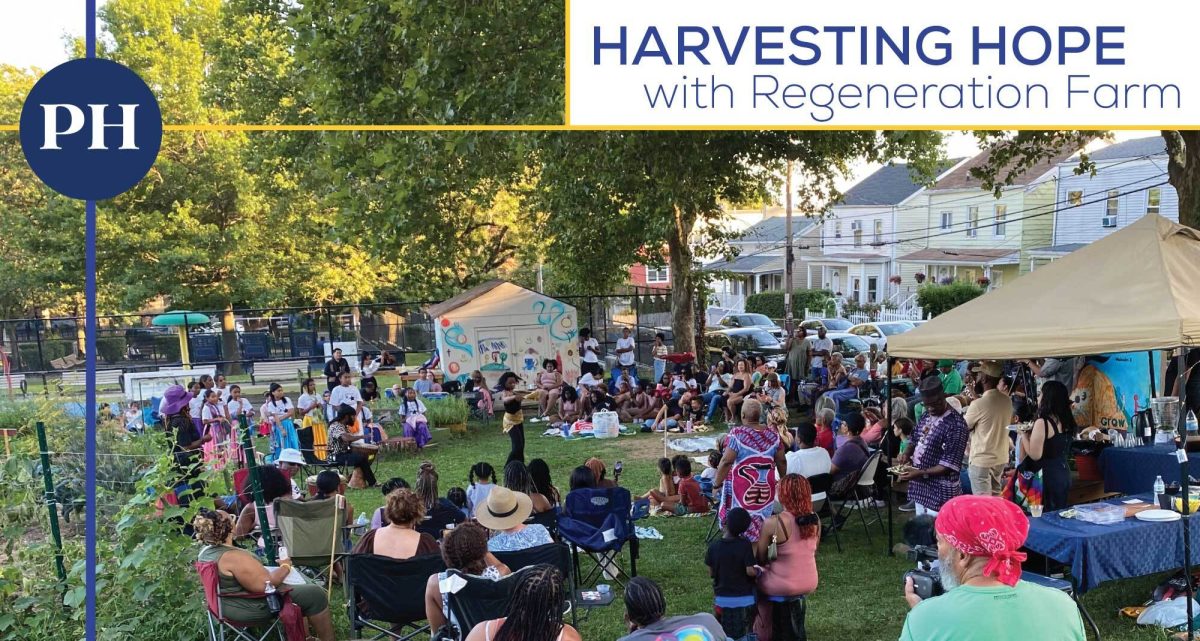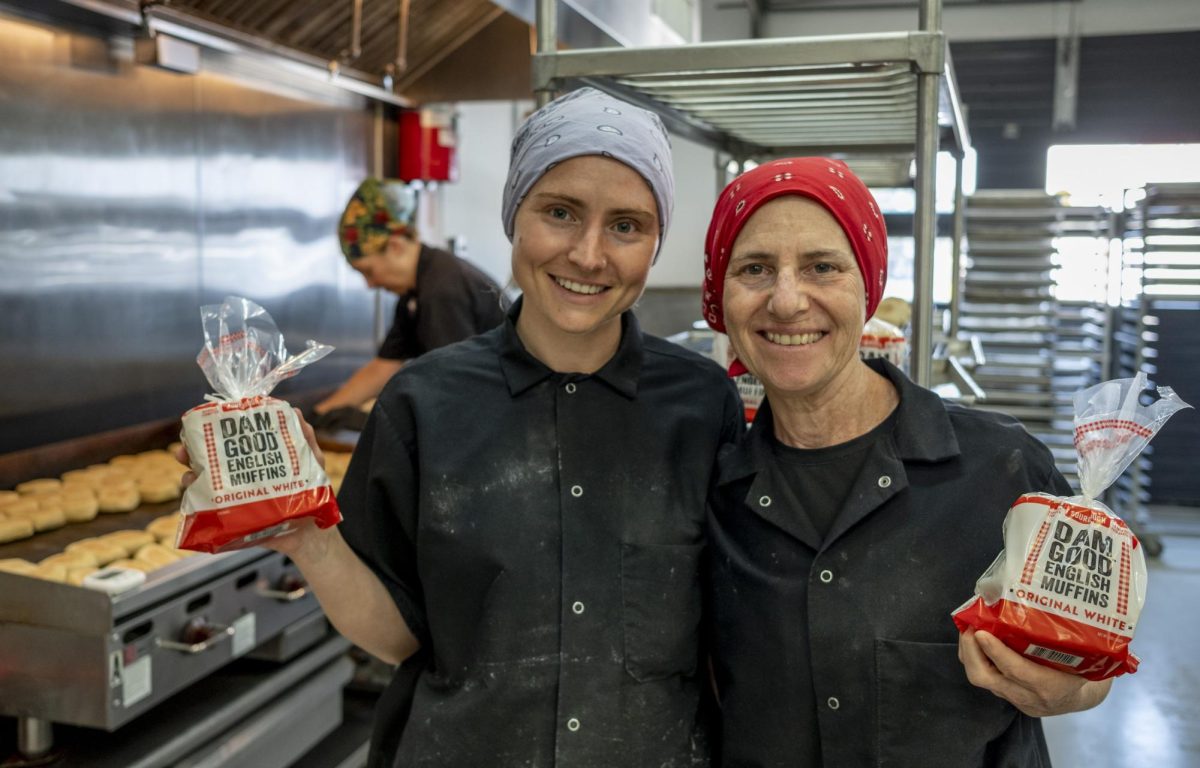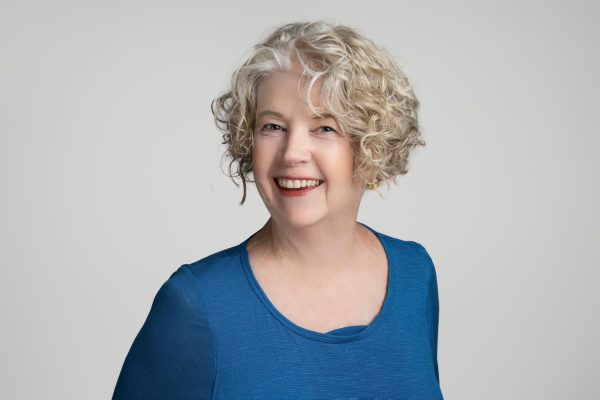A 50-year career as a photographer for the Daily News newspaper exposed Charlie (Red) Ruppmann to New York City’s grit and glamour, as he snapped pictures of robbers and movie stars that frequently ended up on paper’s the front page.
An exhibition of his black and white photos from his years chronicling life in the city are on display at the gallery at JO’s Body Shop NY, 906 South Street. The opening reception is Friday, September 13 from 6 to 8 p.m. with remarks by Ruppmann at 6:30 p.m.
Ruppmann moved to Peekskill in December of 1980 (on the day John Lennon was shot, he’s quick to point out). His recollection of important days in his life parallels the world events he often took pictures of.

Ruppmann, 81, began as a copy boy right out of high school. “My mother knew a columnist there and he introduced me to the head copy boy.” When Ruppmann began his career at the newspaper in 1960, there were 44 copy boys, running articles from reporters to editors. He recalled when the presses started, the building would shake. After he worked his way up to a senior copy boy position, he eventually moved over to the photo section where he learned how to load film into cameras and write captions for pictures.
At the time Ruppmann began at the Daily News it was known as “New York’s picture newspaper” with the familiar icon in the masthead of a small circle surrounded by squares depicting an old school camera. It was during the newspaper’s heyday when the News ruled the tabloid wars of New York City and the paper hired drivers who covered shifts for 24 hours a day with photographers. “We had drivers covering the East side, the West side, Uptown, Downtown, the Bronx, Brooklyn, Queens and they all had police scanners in their cars. We would ride around with them.”
The newspaper also owned two airplanes and on Christmas Eve of 1969 a plane was sent to upstate New York’s Attica prison to pick up notorious bank robber Willie Stutton who was given clemency by then Governor Nelson Rockefeller. Ruppmann recalls his assignment and delights in mentioning that he was given triple overtime, the only time that happened because it was the Christmas holiday.
“I had to go out to Butler Aviation at LaGuardia airport and meet Willie Sutton and stay with him overnight in a hotel in Long Island and the next day bring him into New York City. I took him to B. Altman and got a shot of him looking at the Christmas window display and then into the Daily News building where the lobby had a Christmas tree and angels and got a shot of him there,” recalled Ruppmann.
One of the first days Ruppmann was out “on the street” in 1967, he was heading downtown with a driver when they heard a call on the scanner that scaffolding with workers on it had come down at Peter Cooper Village on the East side. When they got there, Ruppmann took a photo using a long lens of the two workers hanging on for dear life. That picture ended up on the front page.
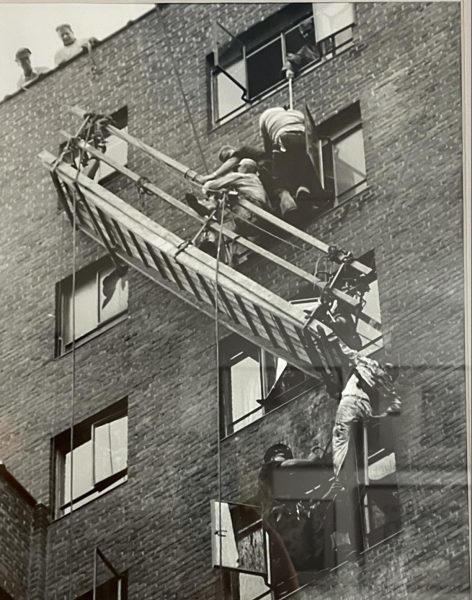
Another front page photo was of Pope John Paul II’s visit to Yankee Stadium in 1979. “I was at the area in the stadium at the top and I had a 600 mm lens on my camera. I saw that he was going around the outfield in his cart and I knew he was probably going to pick up a kid. The best part of the shot was that all the people who were with him were looking at the kid.”
That picture also graced the cover of LIFE magazine. Those were the days when the Daily News had a fulltime photo sales department. Ruppmann said the paper as well as the photographers were compensated for their pictures appearing in other publications.
It was a hot day in August of 1972 when the police scanner squawked that a robbery was in progress in Gravesend, Brooklyn. Ruppmann was on the scene and managed to get the moment when robber John Wojtowicz pulled the curtain back from the bank’s window to see the NYPD outside. Instead of waiting for the standoff to end, Ruppmann was told to bring the photo in. The incident was the inspiration for the Academy Award winning film, “Dog Day Afternoon” starring Al Pacino. “Sometime you’d be at the scene for hours, waiting to get the right shot,” said Ruppmann about bank robberies.
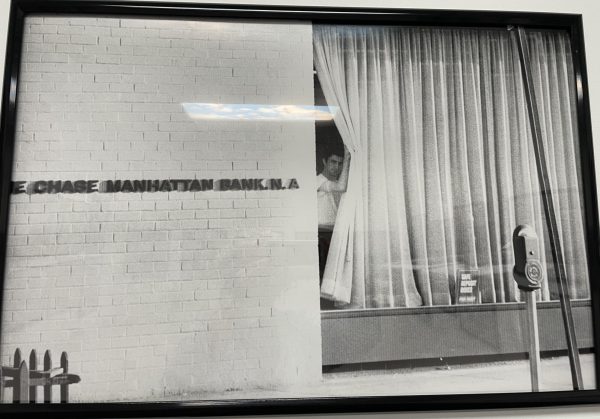
Ruppmann said he learned early on that he “had to be alert and you paid attention,” in order to get the good shots. And sometimes you didn’t ask permission. He recalled the time jazz musician Miles Davis was brought into the Midtown North police station and arrested because he didn’t have a proper license and registration for the vehicle he was driving. He also had a pair of brass knuckles in his possession and that was illegal. “He was just sitting there and I went in with a flash and bang, bang, and got out of there,” said Ruggerman about that image.
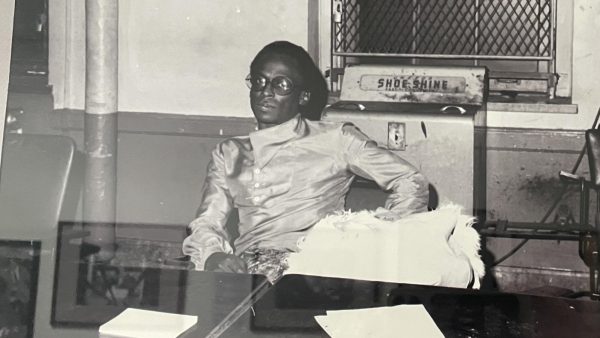
The image of students at Columbia University, protesting the Vietnam War is the one that Ruppmann considers his favorite because of the expressions shown on the faces of the kids and the determination of the cops. “It’s amazing that none of them were hurt.”
Ruppmann had spent a week around the Columbia campus and when he saw a bus full of police officers nearby he moved to the front of the building where the kids were stationed. “The cops came in and the kids were genuinely scared, the cops had crowbars and I just kept shooting, there were 12 exposures on a roll of film. I turned my camera upside down to make a wider shot and then I backed off.”
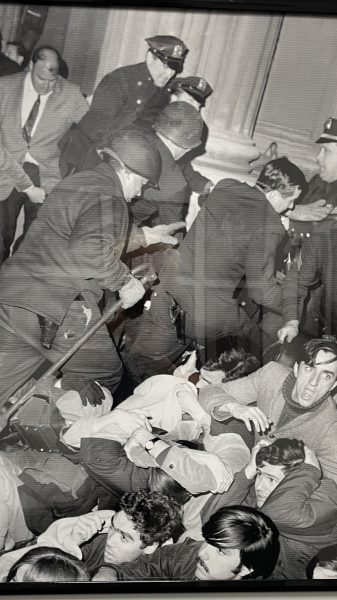
He recalled the time when former President Richard Nixon was in New York after his daughter Tricia gave birth at an upper East Side hospital and Ruppmann snapped a picture of Nixon with his wife Patricia. A few years later when Ruppmann saw Nixon again, Nixon complimented him on the photo saying it was “one of my favorites with my wife.”
By the time Ruppman retired in 2010, the News had shifted to digital cameras and had eliminated the overnight shifts for photographers. “Nowadays everyone has a camera,” reflected Ruppmann about the way things have changed.




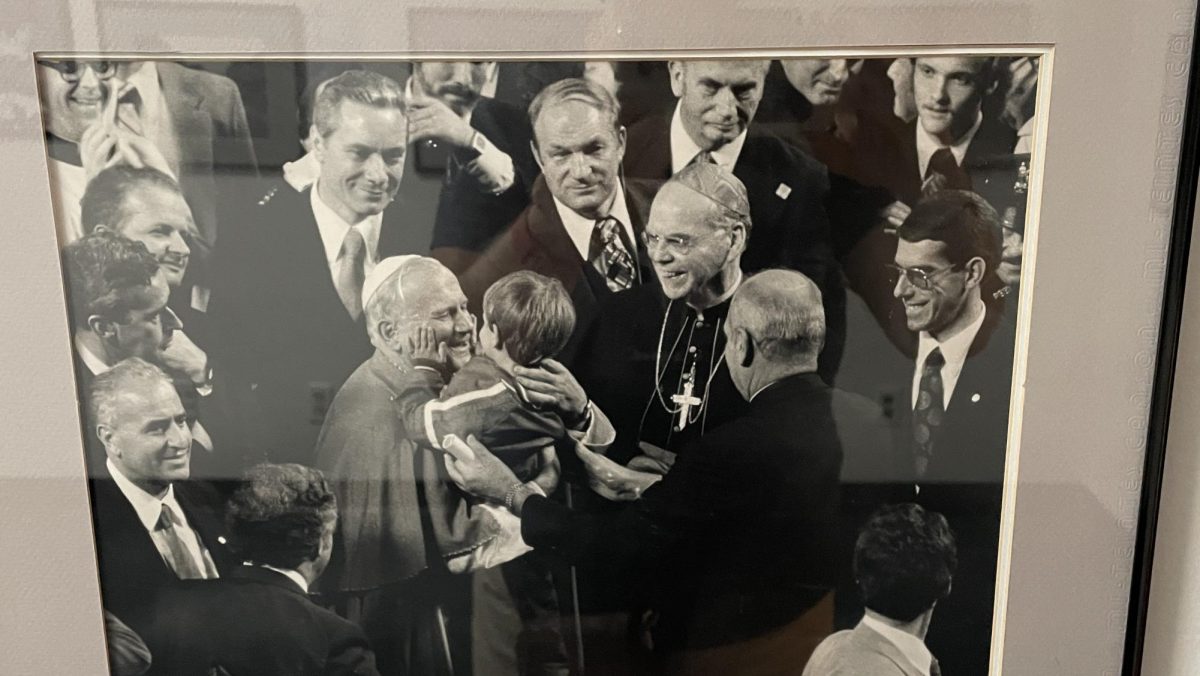


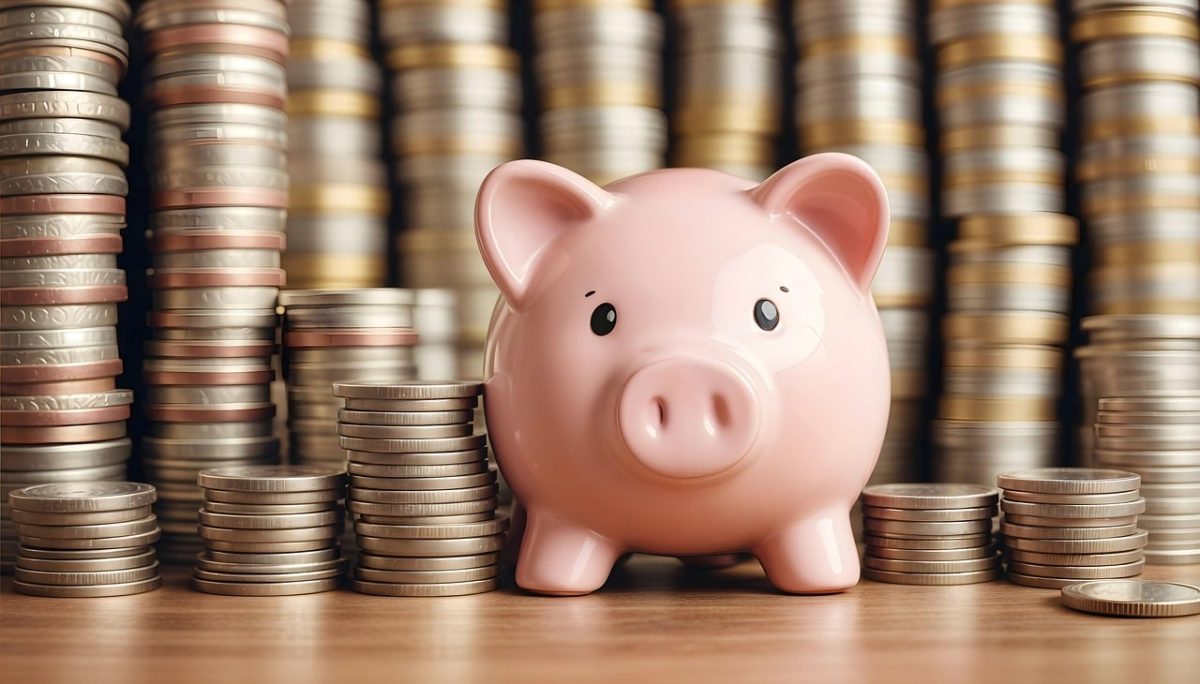


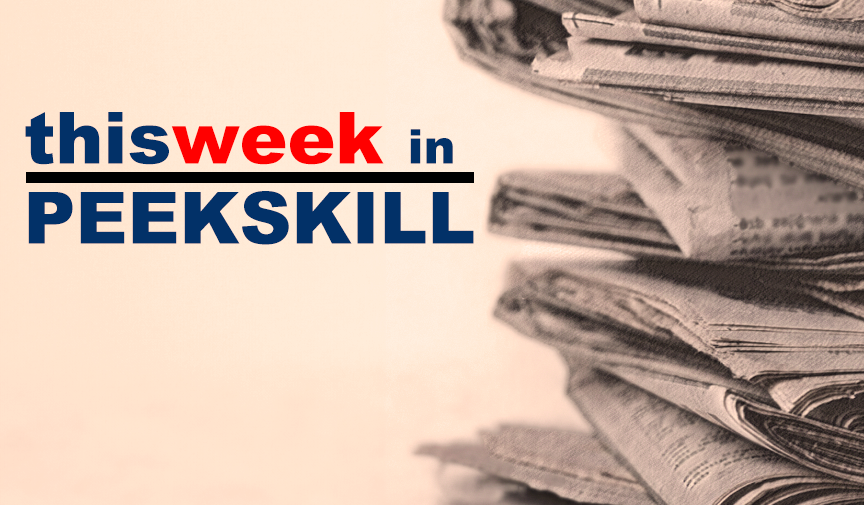

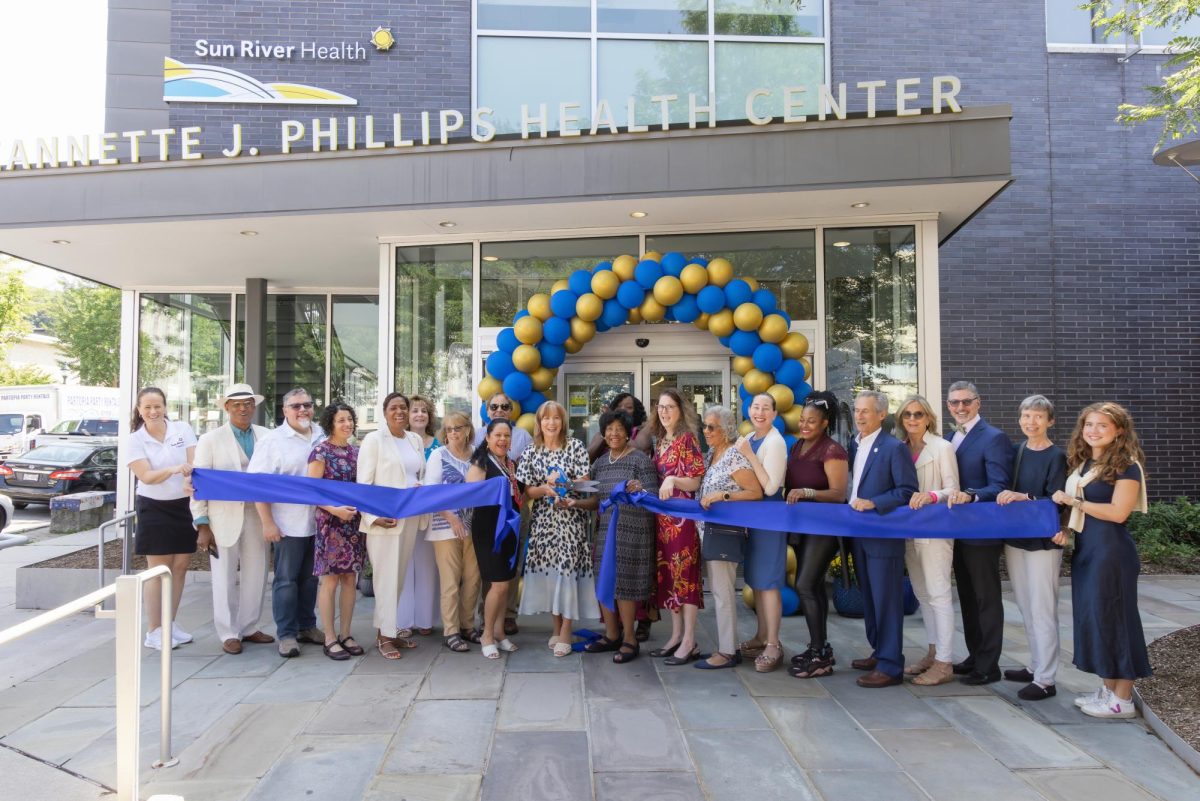

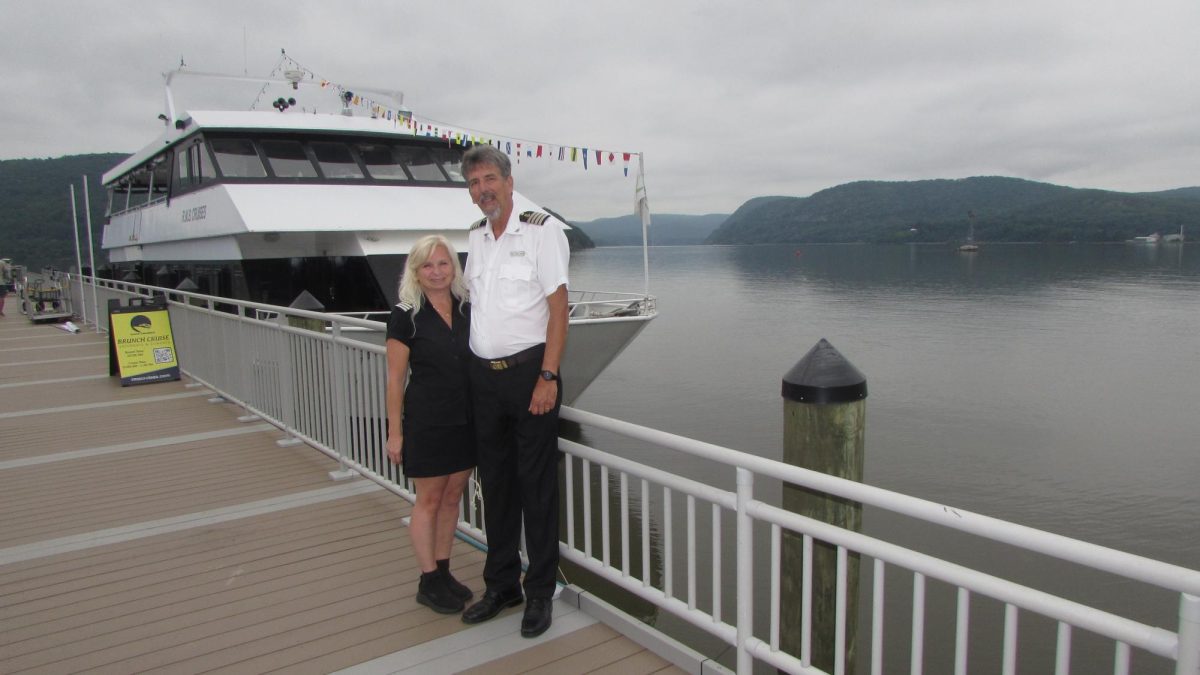
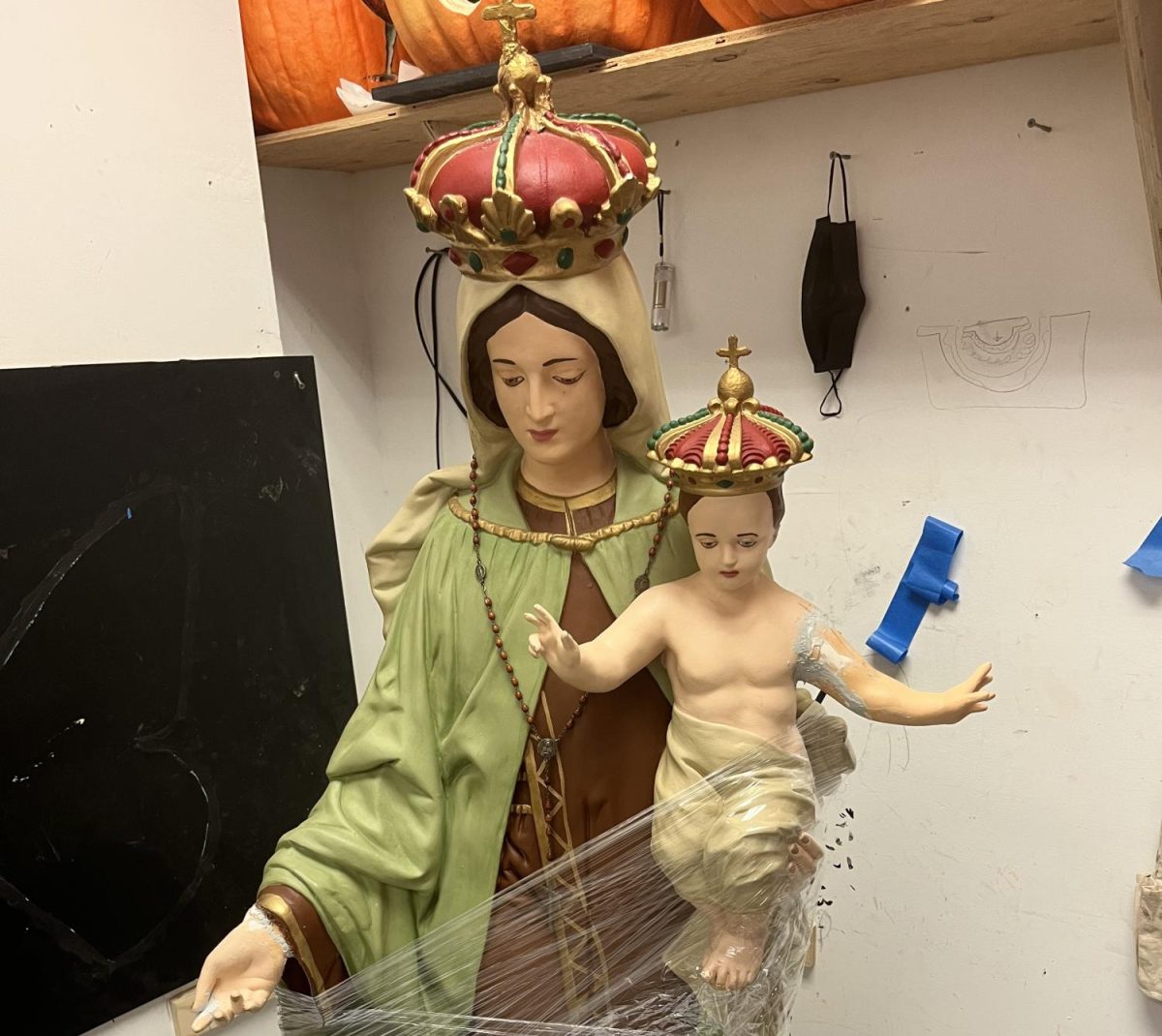
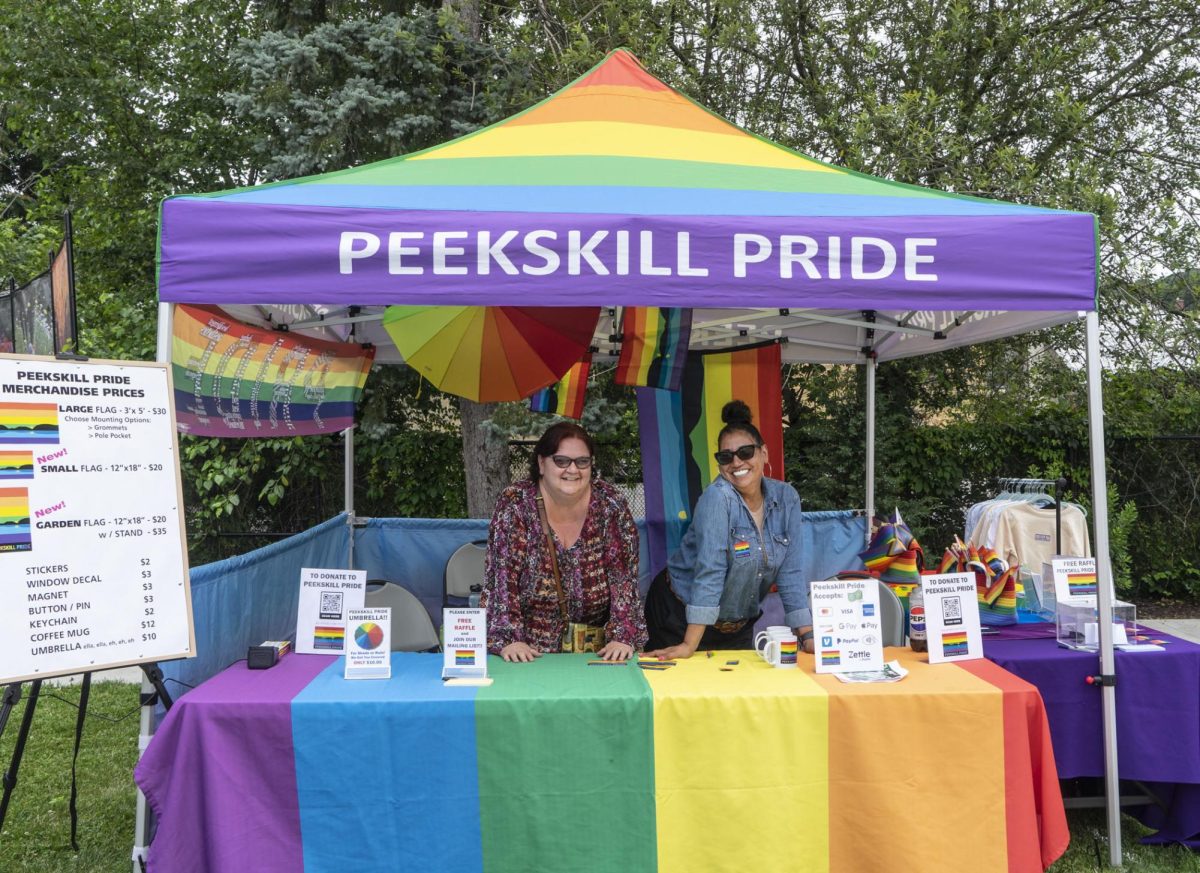
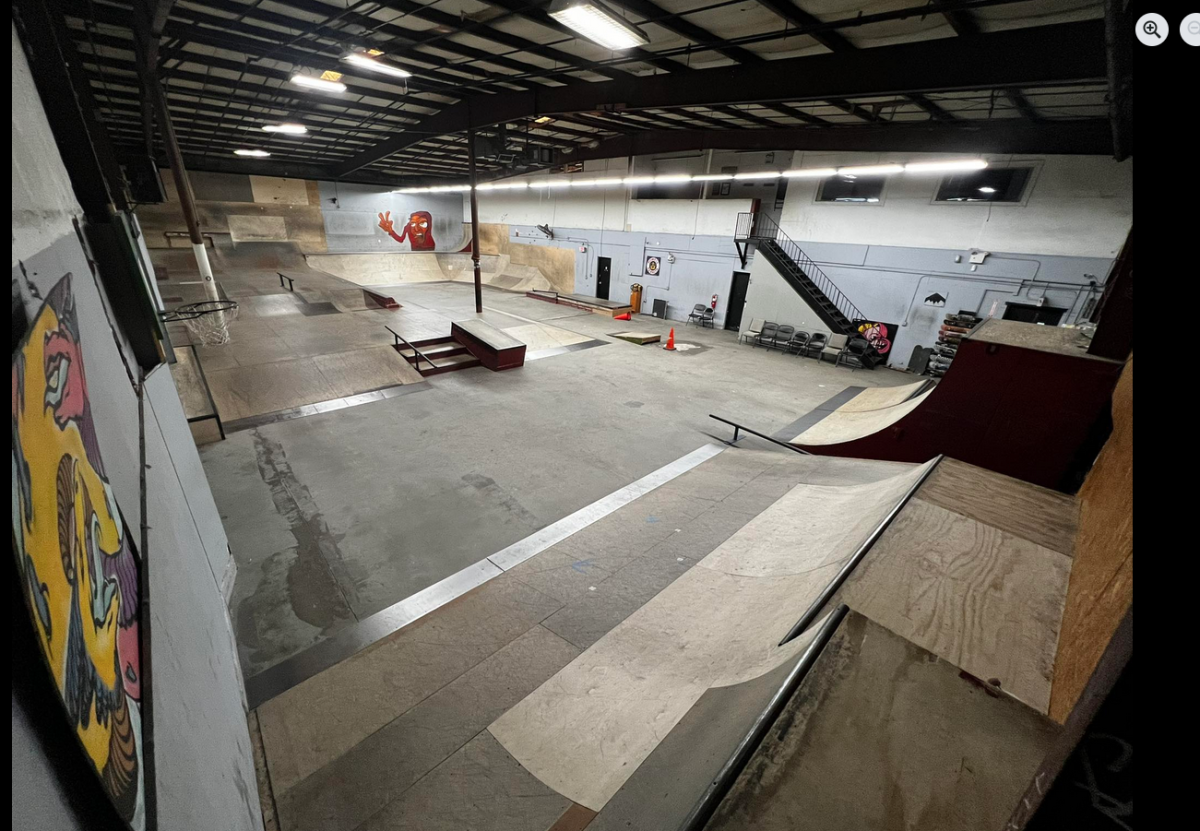
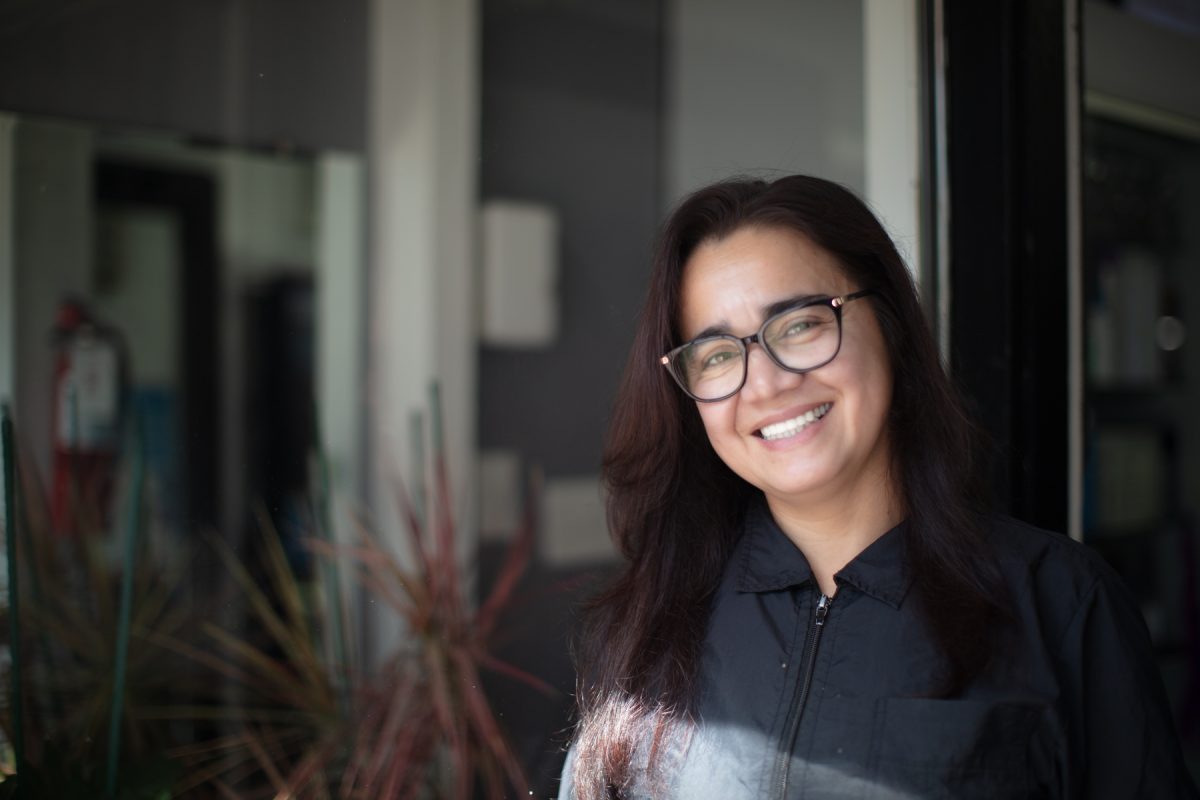
![Esperanza Jimenez of Latin Hair Salon on Park Street. (Deb Liljegren]](https://peekskillherald.com/wp-content/uploads/2025/10/Lead-photo-9-1200x800.jpg)
